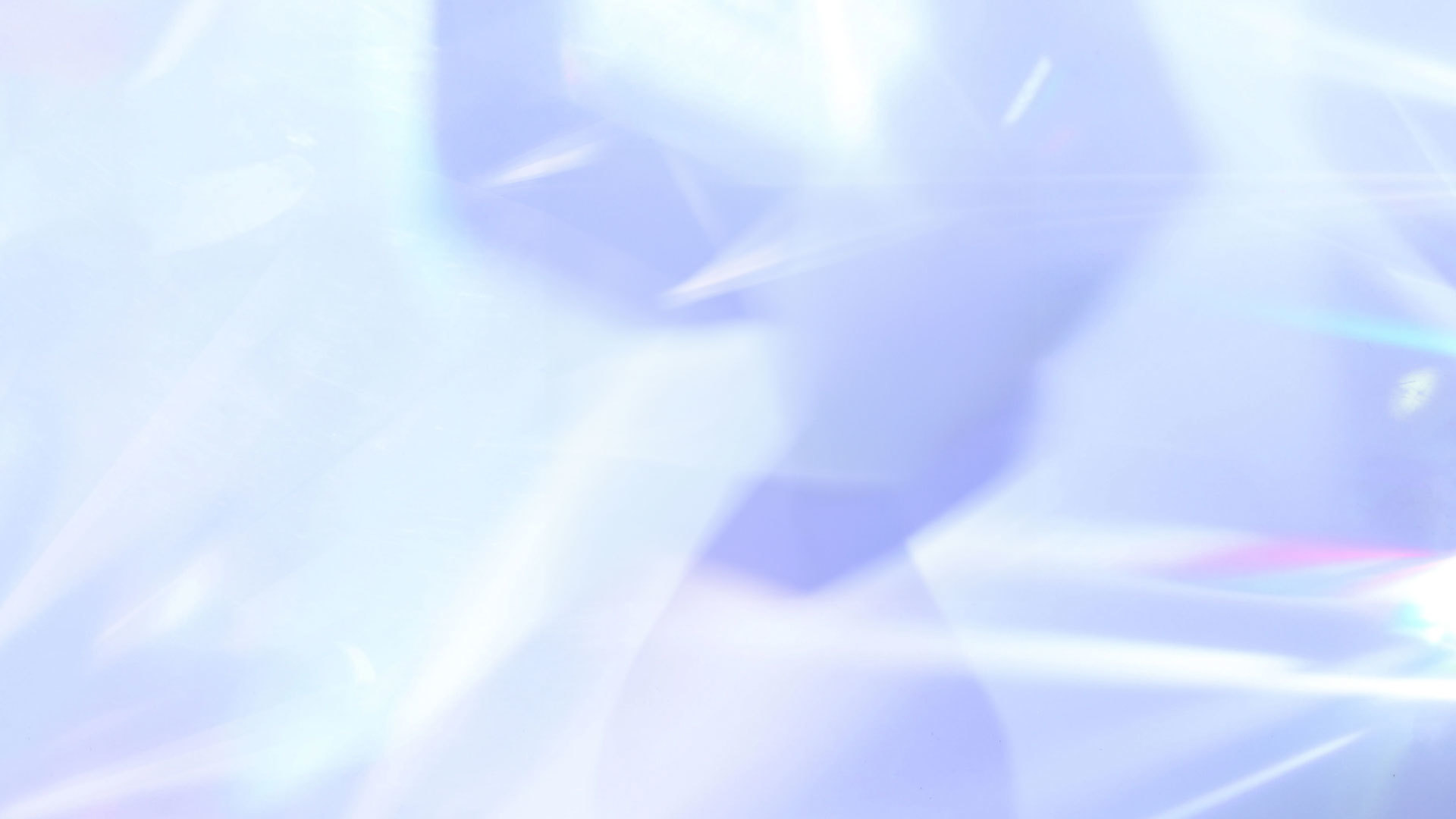Applications of laser film
Architecture: Laser films are widely used in the architectural field for window film applications. These films effectively prevent ultraviolet radiation, reduce heat entry, thereby reducing air conditioning use, while enhancing privacy.
Source:
Author:
Laser film has a wide range of applications, mainly including the following aspects:
Building field: Laser film is widely used in the building industry for window film. These films can effectively prevent ultraviolet radiation, reduce heat entry, thereby reducing air conditioning use, while enhancing privacy protection.
Automotive field: Laser film is also widely used in automobiles. It can block sunlight and ultraviolet rays, lower the temperature inside the car, and improve comfort. In addition, laser film also has anti-explosion, anti-theft, and sound insulation functions.
Communication equipment: Laser film is widely used in communication equipment such as Mobile phones and computers, with anti-glare, privacy protection, and scratch resistance characteristics, providing a more comfortable user experience.
Optical devices: Laser film can be used to manufacture optical devices such as lenses, filters, and reflectors. Through the design and control of the film layer, the reflection, transmission, or absorption of light of specific wavelengths can be achieved, optimizing the performance of optical devices.
Display technology: Laser film is used in displays, LCD TVs, projectors, and other display technologies to enhance image brightness and contrast, improve color saturation and clarity, and improve display effects.
Optical storage: Laser film is used on optical storage media such as CDs, DVDs, and Blu-ray discs to achieve reflection, scattering, and absorption of lasers, enabling information reading, writing, and storage.
Lasers: Laser film is used in the cavity mirrors and output mirrors of lasers. Through design and control, selective reflection or transmission of laser wavelengths can be achieved, tuning the wavelength of the laser or enhancing the laser output power.
Optical sensors: Laser film is used in photodiodes, CCDs, CMOSs, and other optical sensors to achieve selective absorption or reflection of specific wavelengths of light, improving the sensitivity and signal-to-noise ratio of the sensor.
Solar cells and photovoltaic devices: Laser film can reduce reflection on solar panels and photovoltaic devices, improving energy conversion efficiency.
Packaging industry: Laser film is widely used in the food, pharmaceutical, daily chemical, tobacco and alcohol, clothing, gift packaging, and decorative materials industries. Its unique visual effects and anti-counterfeiting functions enhance the grade and market value of products.
The next one:
Related News
Laser films have a wide range of applications in optics, primarily due to their multilayer film structure which can reflect, transmit, or absorb specific wavelengths of light.
Laser films are not recommended for prolonged sun exposure. Their lightfastness is limited, and direct sunlight may cause color distortion and performance degradation. Avoid sun exposure during use and store in a cool, dry place.
Architecture: Laser films are widely used in the architectural field for window film applications. These films effectively prevent ultraviolet radiation, reduce heat entry, thereby reducing air conditioning use, while enhancing privacy.
Laser packaging is a sub-sector of the packaging industry that has achieved rapid development. Compared with other products in the packaging industry, laser packaging materials not only have a novel and bright appearance
With advancements in technology and rising consumer aesthetic demands, laminated laser films will see broader development opportunities. In the future, laminated laser films may achieve breakthroughs in the following areas
A starry sky film is a special type of printing film, commonly used in packaging and decorative printing. It gets its name from the numerous tiny star-shaped patterns covering its surface, giving it a sparkling visual effect, much like the twinkling stars in the night sky, hence the name "starry sky".








